2019 Mazda CX-5 Turbo Review

FAST FACTS
| Engines: | 2.5L turbo 4-cylinder |
| Output: | 250 hp, 310 lb-ft of torque |
| Transmission: | 6-speed automatic |
| CAN Fuel Economy (L/100 km): | 10.8 city/8.7 hwy |
| US Fuel Economy (MPG): | 24 cty/30 hwy/26 comb |
| Starting Price (USD): | $36,890 |
| Starting Price (CAD): | $40,950 |
You know how you used to drive the Mazda CX-5 and think, “This is really good, but it could use a little more power.” Now it’s got a little more power. And you were right, it’s better.
That’s not the only new feature for 2019, but it is the most important. This new turbo engine is now standard on the CX-5 Signature and optional on the Grand Touring (or GT if you’re in Canada). It makes 310 lb-ft of torque and up to 250 hp on premium gas (227 on regular gas). The horsepower is not the important part, though, because what you really care about is the wave of low down torque you can ride past whatever slow moving chicane gets in your way on the road.
In fact, Mazda’s top driving experience guy (Dave Coleman is the manager of vehicle dynamics engineering), says that the car and the engine have been specifically designed for overtaking on the highway. So when you’re going [insert legally appropriate speed here] and need to pass a truck or whatever, the transmission doesn’t have to spend an eternity trying to pick a gear, causing you to mat the throttle, causing the car to pick too low a gear, and then giving you a kick of torque after you’ve missed your passing opportunity.
The biggest thing Mazda does to achieve this is by giving you all 310 lb-ft of torque down at 2,000 rpm, so when you need to summon that power, the car doesn’t have as many cogs to sort through to get you into the torque band.
And it’s mostly successful. You’re still driving an automatic (though there are only six gears to choose from), so occasionally, it will have you in sixth gear at, like, 11 mph — for better fuel economy — and it’ll still struggle to find the right gear, but it’s honestly pretty good most of the time.
Passing the Butt Dyno Test
There are a couple of neat little tricks that Mazda uses to get such ample torque at such low engine speeds, like using inlets of varying sizes between the turbo and the engine. It works because of a fun little quirk of nature that we can quantify with Bernoulli’s equation. Basically, it says that if you make the volume of a space smaller, then the same amount gas has to move faster to get through it. It’s like putting your thumb over a garden hose to make the water move faster and in the engine in question, it means less lag and more lower down torque.
ALSO SEE: 8 Design Secrets of the New 2020 Mazda3
It’s also worth noting that among compact SUVs, there’s nearly nothing that generates more torque. I mean, you could buy a BMW X3 M40i (which makes 365 lb-ft of torque), but that also costs about a Nissan Kicks more than the CX-5. More relevantly, the turbo gives you about 120 lb-ft of torque more than the regular CX-5, which you don’t need a dyno to notice.
Even high in the Rockies near Whistler, B.C. — you know, from the Olympics — it was perfectly confident, even though you wouldn’t call it a punch of power. This isn’t a sports car kick-in-the-rear type of experience. It’s more like a wave of torque that you can ride to great pace.
Engineering for Humans
The other nice thing about driving the CX-5 in Whistler during the winter is that I had a real chance to test out its SUV bona fides. With snowflakes the size of baseballs and a road that varied from slushy to snowy to icy, it was a pretty good test of the car’s low-traction action. And it did well.
SEE ALSO: 2019 Mazda CX-9 ReviewThe traction control is designed not to coddle you. It’ll let you move around a bit on the road before it kicks in and I experienced this throughout my drive. You can feel the car moving under you and finding natural grip before a guiding hand brings you back into line (or a snap of computerized traction management if the occasion calls for it). The logic here is that the car is letting you experience the road, giving you the information you need to drive safely. This is a smart idea that works pretty well, but I can’t help but worry that the average driver will find it all a little too scary for their tastes.
Whatever the case, on the little snowkhana track that Mazda set up, we also saw how much fun the setup can be when there are no trees to run into or cliffs to fall off of. It lets you play and it lets the car wander a bit, which means you can find traction.
It’s no surprise that Mazda’s electronic traction devices are smart, though, because they’re constantly working on making them more intuitive. They mess with the car on dry pavement, too, with their G wizardry.
G Vectoring Control, or GVC, alters the timing, among other things, to give you a little bit of engine braking going into corners, which helps load the tires more consistently, and helps the car behave more predictably going into fast corners. This is useful in avoidance maneuvers, says Coleman, because the car does what you expect.
ALSO SEE: Mazda CX-5 ReviewAnd now they’ve added corner exit GVC to the CX-5, which grabs just the slightest bit of front outside brake as you exit a corner to settle the car as you power out of a corner. According to Coleman, the deceleration is less than you’d get from turning on the AC compressor because the idea is to not let the driver notice it on a conscious level. And Mazda refused to put it on cars until recently because we’re actually a lot better at noticing electronic interference when we accelerate out of a corner than when we’re braking into one. They’ve just been fine-tuning so that it doesn’t fall into the uncanny valley and mess with your experience.
All of which is to say that the car feels not only good to drive but natural to drive, too. From the wave of torque you ride on acceleration to the subtly guiding hand that gets you around corners, the car is flattering. You can drive smoothly enough to let your passengers read a novel without getting sick. Unless you’re on a bumpy road. Because then it’s still pretty rough.
Still Not Perfect
Mazda claims it improved the front suspension and, among other changes, the dampers are improved to reduce friction. The manufacturer claims that this allows for a smoother, better riding car and is available across the CX-5 line for 2019. That sounds great in theory, but it didn’t work. It’s not like the suspension is hideous or anything, but you notice every little crease in the road. The dampers work well through the big sweeping bends, but work a little less well over the bumps. Even with a fair amount of rubber on the wheels, the ride makes the car feel a little less fancy than its upscale interior would suggest.
They have caught up with the premium cars (and the rest of the industry) in one area, though. Mazda will finally offer you CarPlay and Android Auto. So everybody can celebrate now because you can finally use Waze through Mazda’s infotainment system (older cars can now be retrofitted, too). One wonders what took them so long but they’ve finally joined the rest of the industry.
The Verdict: 2019 Mazda CX-5 Turbo Review
Pretty much everything I mentioned after my bit about the engine, though, is super mild, which makes sense. This isn’t a new model and it’s barely a refresh. So everything from the interior volume to even the driving experience stays very familiar. The big difference is the engine. Which is good. So the car is good. It was good when it was AutoGuide.com’s 2018 Utility Vehicle of the Year and now it’s better.
LOVE IT
- More power
- Well designed interior
- Oh, yeah and more power
LEAVE IT
- Harsh suspension
- Still no bigger inside

Sebastien is a roving reporter who covers Euros, domestics, and all things enthusiast. He has been writing about the automotive industry for four years and obsessed with it his whole life. He studied English at the Wilfrid Laurier University. Sebastien also edits for AutoGuide's sister sites VW Vortex, Fourtitude, Swedespeed, GM Inside News, All Ford Mustangs, and more.
More by Sebastien Bell



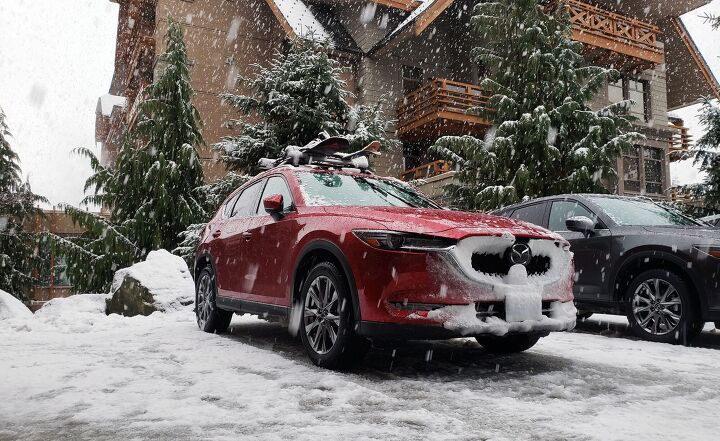













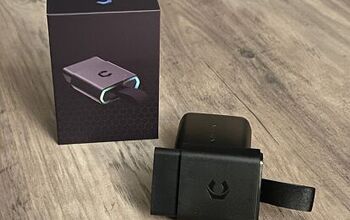


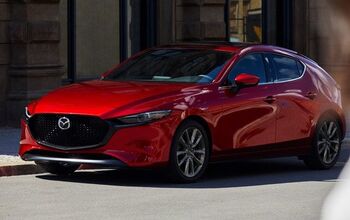
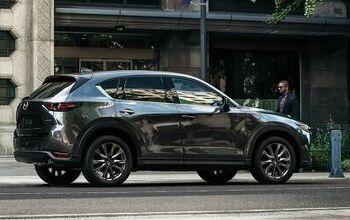
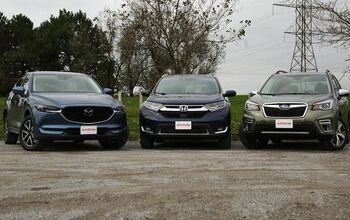
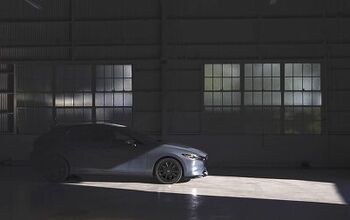
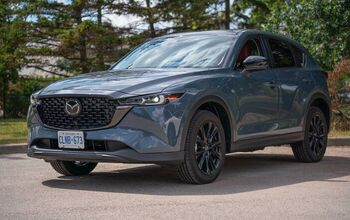





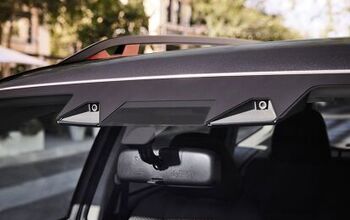
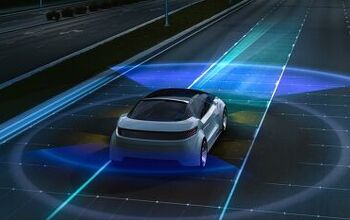



Comments
Join the conversation